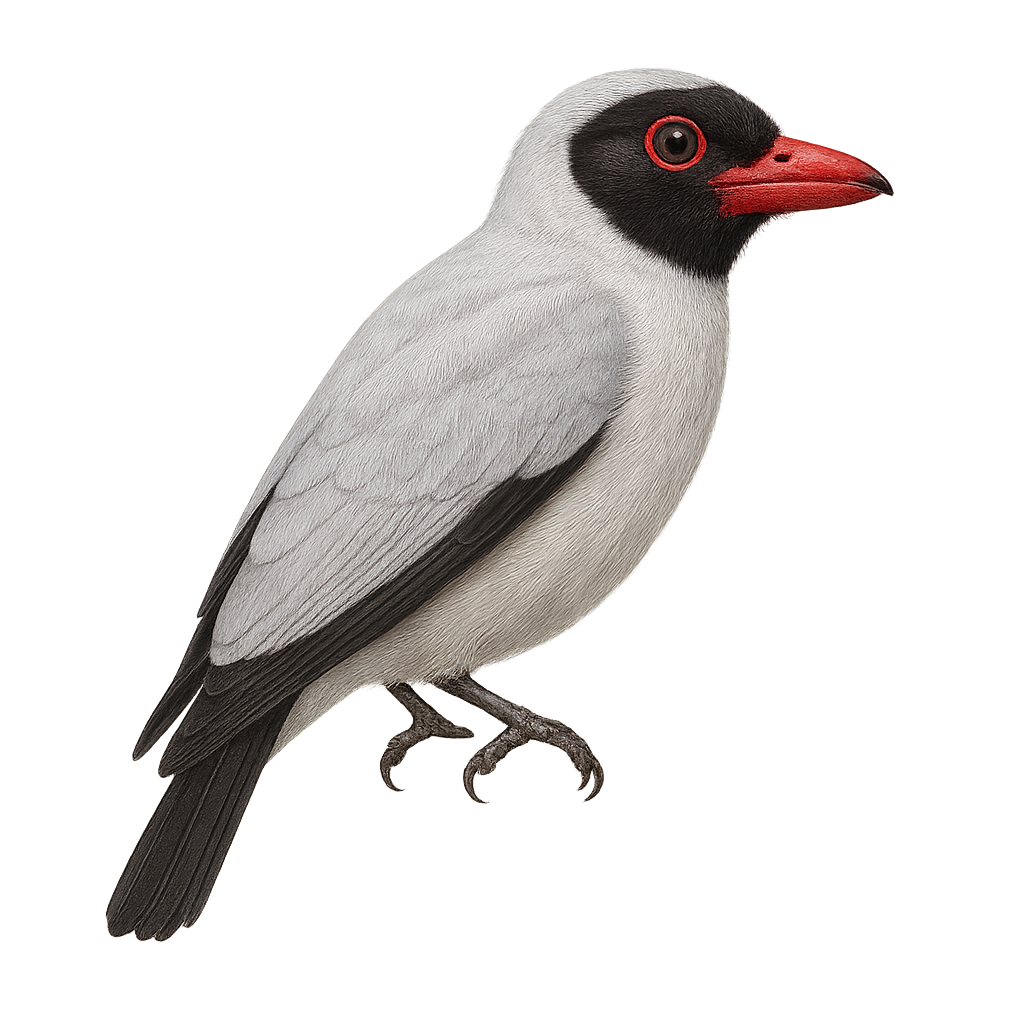Your wildlife photography guide.
Explore the masked tityra in detail, study its behavior, prepare your shots.
Where to observe and photograph the masked tityra in the wild
Learn where and when to spot the masked tityra in the wild, how to identify the species based on distinctive features, and what natural environments it inhabits. The WildlifePhotographer app offers tailored photography tips that reflect the masked tityra’s behavior, helping you capture better wildlife images. Explore the full species profile for key information including description, habitat, active periods, and approach techniques.
Masked Tityra
Scientific name: Tityra semifasciata

IUCN Status: Least Concern
Family: TITYRIDAE
Group: Birds
Sensitivity to human approach: Suspicious
Minimum approach distance: 10 m
Courtship display: March to April
Incubation: 17-19 jours
Hatchings: March to May
Habitat:
Tropical forests, subtropical forests, forest edges
Activity period :
Primarily active during the day, with peak activity in the morning and late afternoon.
Identification and description:
The Masked Tityra, or Tityra semifasciata, is a medium-sized bird belonging to the Tityridae family. It is characterized by its predominantly white plumage with black wings and tail, and a bright red patch around the eyes. This bird is often found in the tropical and subtropical forests of Central and South America, where it primarily feeds on fruits and insects. The Masked Tityra is a social bird, often seen in small groups or pairs. Its song is a mix of whistles and chirps, adding to the natural soundscape of its habitat. Although relatively common, preserving its habitat is crucial for its survival.
Recommended lens:
400 mm – adjust based on distance, desired framing (portrait or habitat), and approach conditions.
Photography tips:
To photograph the Masked Tityra, it is advisable to use a 400mm lens or longer to capture precise details without disturbing the bird. Look for it in tropical and subtropical forests, where it often perches on exposed branches. The natural light of the morning or afternoon is ideal for highlighting the contrasts in its plumage. Be patient and discreet, as this bird can be suspicious. Use a tripod to stabilize your camera and achieve sharp images.
The WildlifePhotographer App is coming soon!
Be the first to explore the best nature spots, track rutting seasons, log your observations, and observe more wildlife.
Already 1 430 wildlife lovers subscribed worldwide

